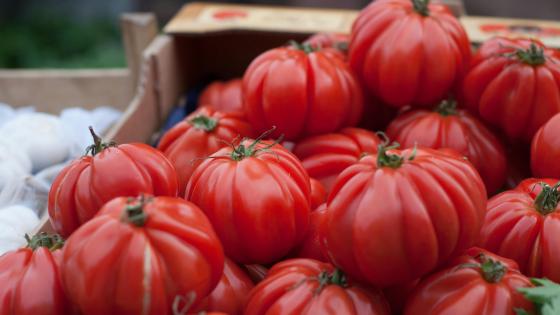
Heirloom Vegetables
Heirloom Beans and Tomatoes
Heirloom beans is a broad term used for many bean varieties that have been growing in central Appalachia for almost 900 years. They can be used as a fresh snap green bean, shelled bean or dry bean. You’ll often find unique names for heirloom beans which most often link back to specific areas or families that traditionally saved the seed. The majority are vining or runner-types that require trellising or support.
Key Requirements
| Land | Low |
| Labor | High |
| Capital | Low |
Take the HortBizQuiz to see how much Land, Labor, and Capital you have for your operation.
Markets
- Direct to Consumer
- Restaurants
- Local Grocery
- Auctions
Pest & Disease
Similar to other bean varieties, fungicide/bactericide sprays will be needed in most years. Scouting to monitor pest populations is critical to determine when and how often insecticides should be applied.
Costs and returns are presented as estimates. They will vary based on your farm and markets.
Costs and returns are presented as estimates. They will vary based on your farm and markets.
Challenges
- Beans have shallow roots, making them susceptible to drought stress.
- Extensive trellising is needed for those growing on a commercial scale.
- Harvest is very labor intensive.
Opportunities
- Heirloom beans are typically higher in protein than traditional bush green beans, due to their developed seed.
- As legumes, beans produce their own nitrogen.
- Heirloom beans are self-pollinated, meaning you can save seed every year. Unlike hybrids.